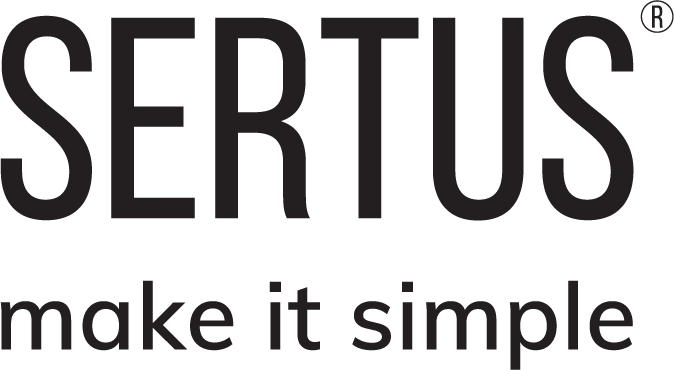How to service and maintain a smoke control system
Please note: This post has been updated to reflect the change in BS 9999 Annex from V to I. 14th February 2022
It’s a question that we get asked a lot by many people across the construction and property maintenance industries, and indeed by residents themselves.
I must say that whilst I hope this is helpful, you still need to read the guidance around testing and maintenance - I’ll provide links to where it can be obtained.
First things first, a weekly inspection of the system needs to be undertaken by a named and suitably-trained member of the premises management team.
According to BS 9999:2008 Annex I, that involves setting the system running and checking that any fans and powered exhaust ventilators operate correctly, smoke dampers close (or open in some systems), that natural exhaust ventilators open, and that automatic smoke curtains move into position - but that list isn’t exhaustive, make sure you check all the equipment associated with the system.
Every three months, you’ll need to simulate the actuation of all smoke control systems. All zones should be separately tested and you’ll need to make sure that any fans and powered exhaust ventilators operate correctly, smoke dampers close (or open in some systems), etc.
As part of these checks, you’ll need to make sure of the following:
Firstly, the agreed “cause and effect” requirements function correctly and the system responds to any planned method of initiation (for example, smoke detection);
Next, you’ll need to check that when the primary power is removed, the secondary power supply operates within the interruption time specified in BS EN 12101-10;
Third, check that when the duty equipment fails, standby equipment operates, for example, duty standby fan sets and UPS equipment;
As a fourth, make sure any batteries are within the manufacturer’s recommended life cycle; the labels should be visible in the ordinary position of the batteries.
Finally, make sure that all fault monitoring functions operate correctly, e.g. by simulation of fault conditions.
On an annual basis, arrangements need to be made for annual inspections and tests must be carried out by competent persons, for any defects to be logged and the necessary action taken, and for certificates of testing to be obtained. There’s a complete list of what needs attention in BS 9999:2008 Annex I.
This periodic inspection and maintenance needs to be carried out to identify unmonitored faults, take preventive measures and ensure the continued reliability of the system - it’s also important to make the user aware of any changes to the building that affect the protection that the system is designed to give.
Maintenance must be carried out by a competent person with specialist knowledge of smoke control systems and they must have adequate access to spares and sufficient information about the system.
Competent is a difficult word to measure but guidance states that competence can be assured by using organizations that are third-party certificated. An example is IFC SDI 19 certification.
There are some key points to be aware of:
Where maintenance is carried out by a third party, an engineer will need to be able to attend the premises within at least 24 hours of a call from the user, in normal circumstances; there is a provision allowing for offshore islands, if that applies to you!
The name and telephone number of the third-party maintenance engineer must be prominently displayed at the main control panel and the records and documentation kept updated;
Finally, the user should record all faults or damage in the system logbook, and arrange for repairs to be carried out as soon as possible.
